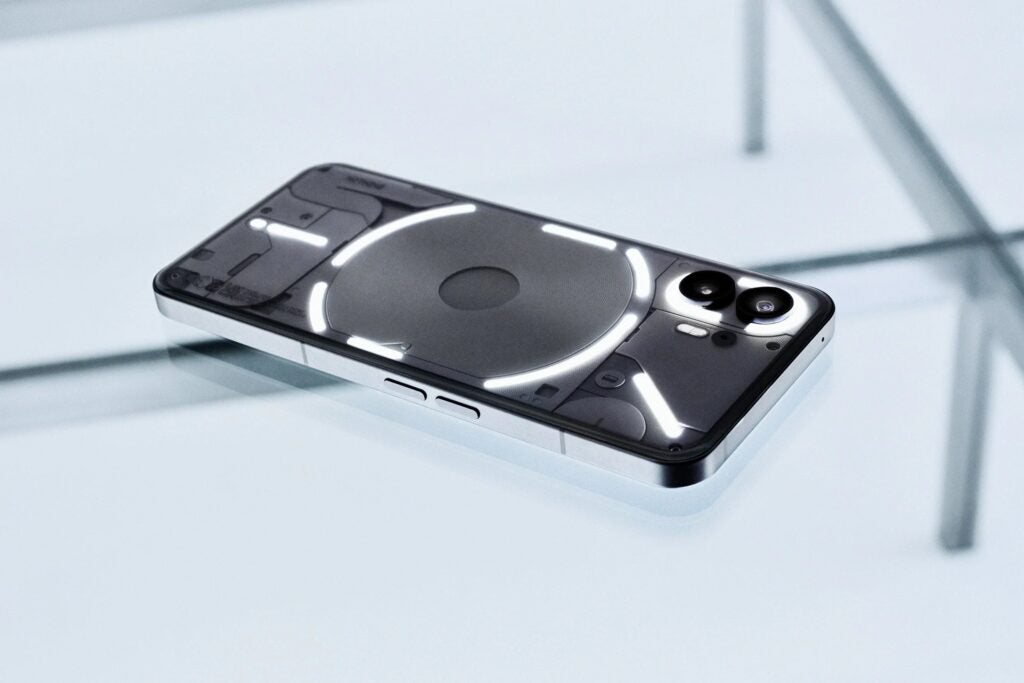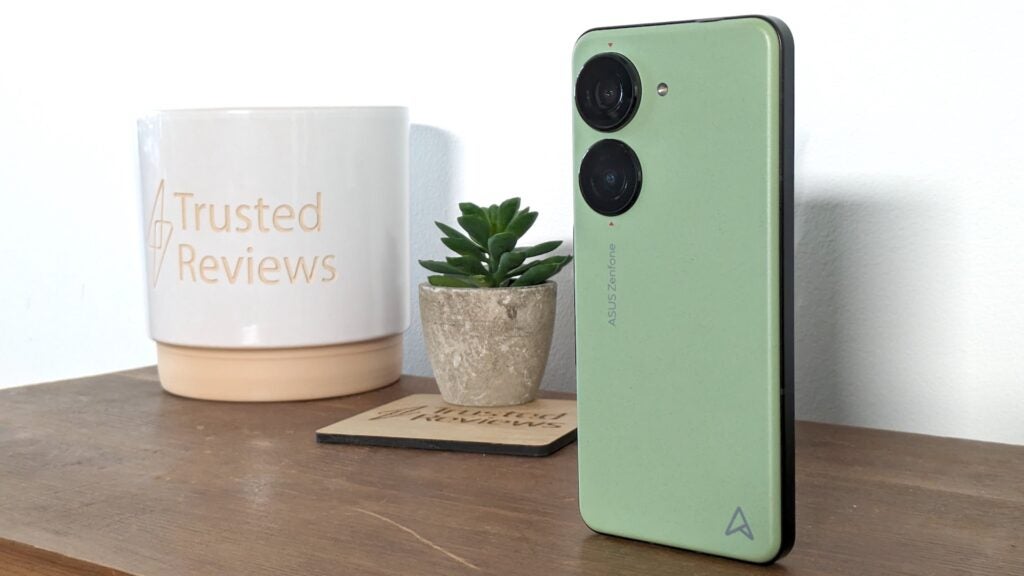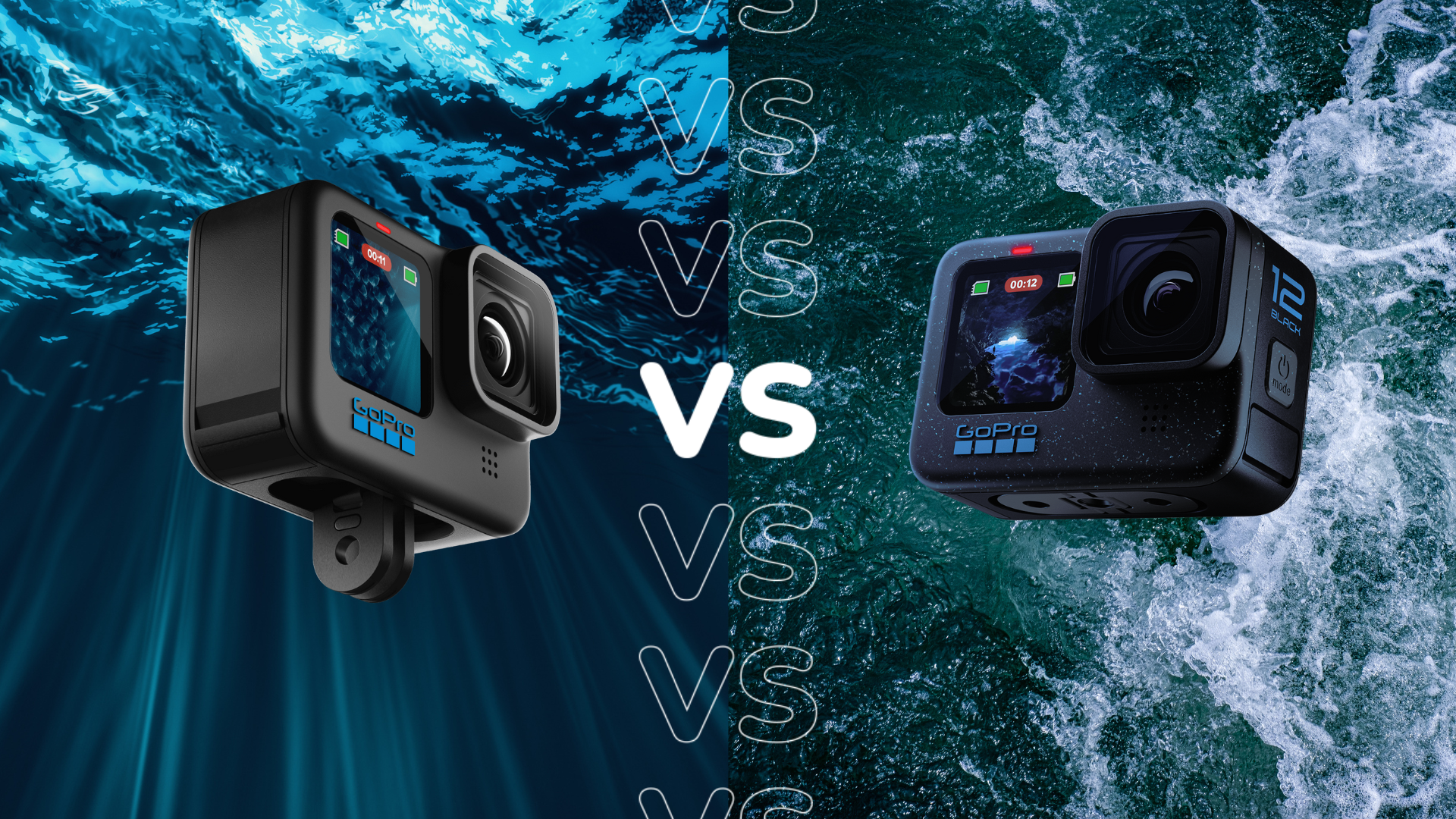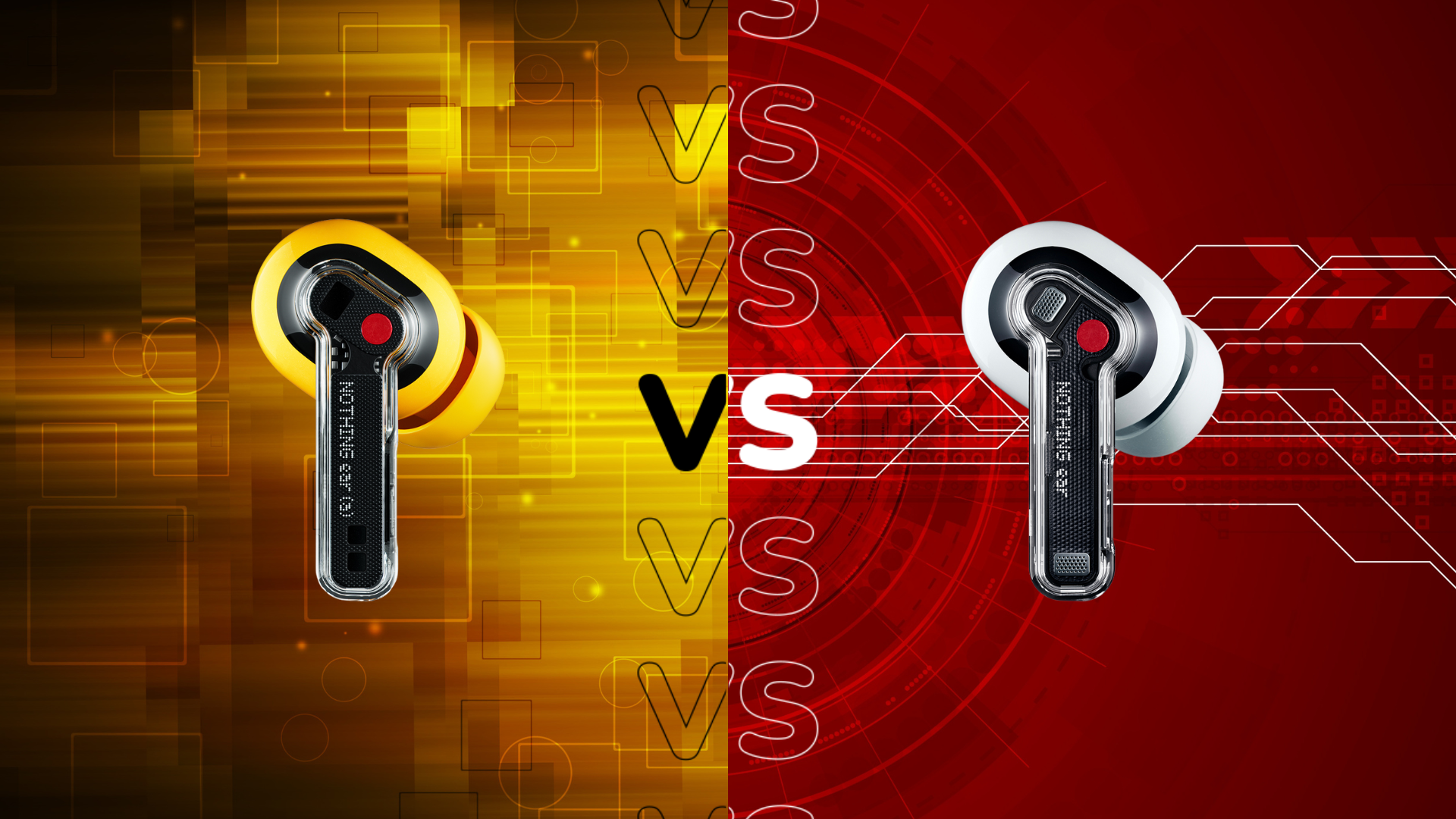Nothing Phone (2) vs Asus ZenFone 10: How do they compare?

Nothing recently announced its latest smartphone, the Nothing Phone (2). Here’s how it compares to the Asus ZenFone 10.
If you’ve been stuck between the Nothing Phone (2) and the ZenFone 10, keep reading to discover all the need-to-know differences between these two smartphones when it comes to the design, display, camera and performance.

The Asus Zenbook 14-inch laptop has never been this cheap
If you’ve been on the hunt for a new laptop then look no further, as the Asus Zenbook 14 can be snatched up for under £700 for a limited time.
- Argos
- Get four months of Spotify Premium for free
- Now only £699.99
The Nothing Phone (2) stands out with Glyph lights
One of the most eye-catching features on the Nothing Phone (2) is the array of LEDs – or Glyph lights – laid out on the back of the phone. These lights sit below the transparent rear, lighting up when the user receives a call, message or notification.
The Glyph lights also function as a ring light when snapping photos in low light and can be customised with different light and audio shows for different contacts and notification types.
The Asus Zenfone 10, meanwhile, has a colourful but quite cheap-looking rear that you’ll either love or hate. The material is different to that on the Zenfone 9, with a new bio-based polycarbonate finish that makes the phone feel a bit more paper-y than your typical glass or plastic-back smartphone.

The Asus ZenFone 10 camera takes advantage of gimbal stabilisation
Both the Nothing Phone (2) and the ZenFone 10 have dual cameras. The Nothing Phone (2) has two 50-megapixel sensors, while the ZenFone 10 has one 50-megapixel main sensor and a 13-megapixel ultra-wide sensor.
While the Nothing Phone (2) does include both OIS and EIS, the Zenfone 10 has an additional trick up its sleeve in the form of 6-axis gimbal stabilisation. This makes it easier to capture steady video and helps minimise blur in images.
The Zenfone 10 also supports 8K video recording at 24 fps or 4K video at 60fps, while the Nothing Phone (2) caps out at 4K/60fps.
The Nothing Phone (2) has a larger display
One of the benefits of the Asus ZenFone 10 is that it’s a bit smaller than most flagships, making it easier to slip into your pocket.
However, a smaller screen isn’t necessarily better, especially not for those planning to stream content or play games on their phone.
The ZenFone 10 has a 5.9-inch AMOLED display with a 144Hz refresh rate, though the latter is only available when playing games. The Nothing Phone (2), on the other hand, has a larger 6.7-inch OLED display with a 1 to 120Hz adaptive refresh rate for smooth scrolling and battery-saving benefits when a faster refresh rate isn’t needed.

The Asus ZenFone 10 packs a newer chipset
Finally, there are the chipsets powering each phone, both of which come from Qualcomm’s Snapdragon line.
The ZenFone 10 impressed us with its top-end performance thanks to the inclusion of the flagship Snapdragon 8 Gen 2 chipset and Adreno 740 GPU. The processor is a bit newer than the Snapdragon 8+ Gen 1 found in the Nothing Phone (2), but the latter does hold a reputation for being particularly power efficient so it’ll be interesting to see the benchmark results side-by-side.








